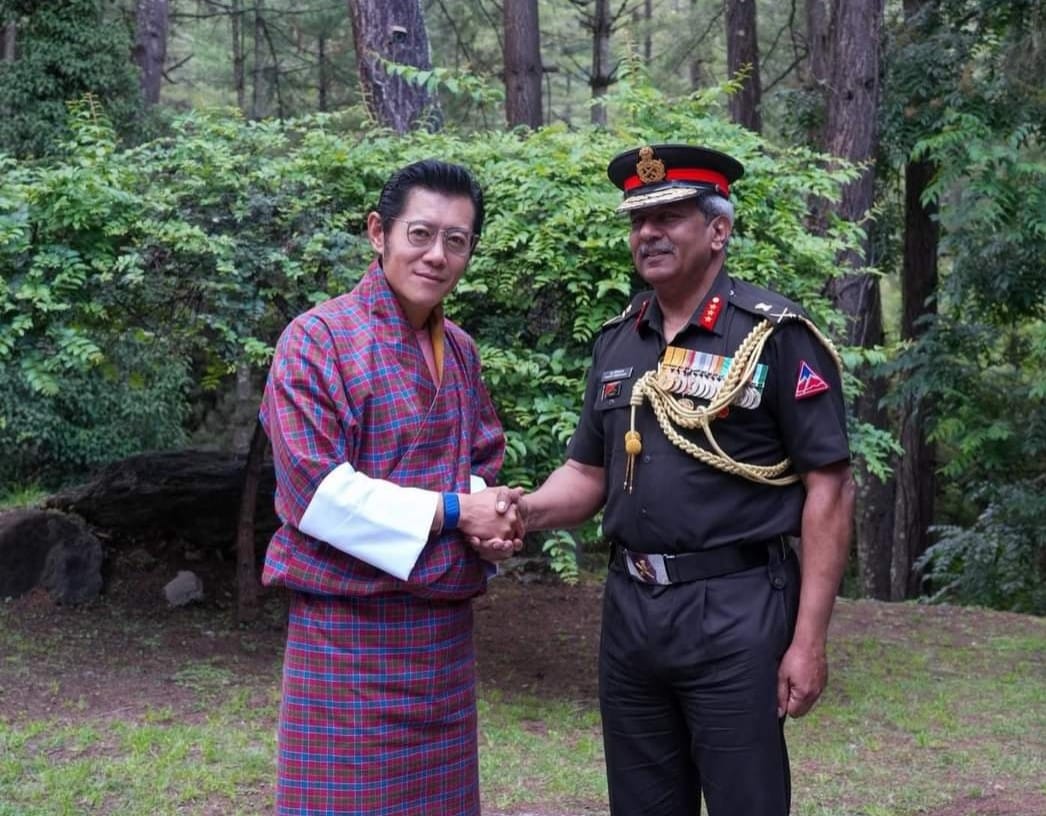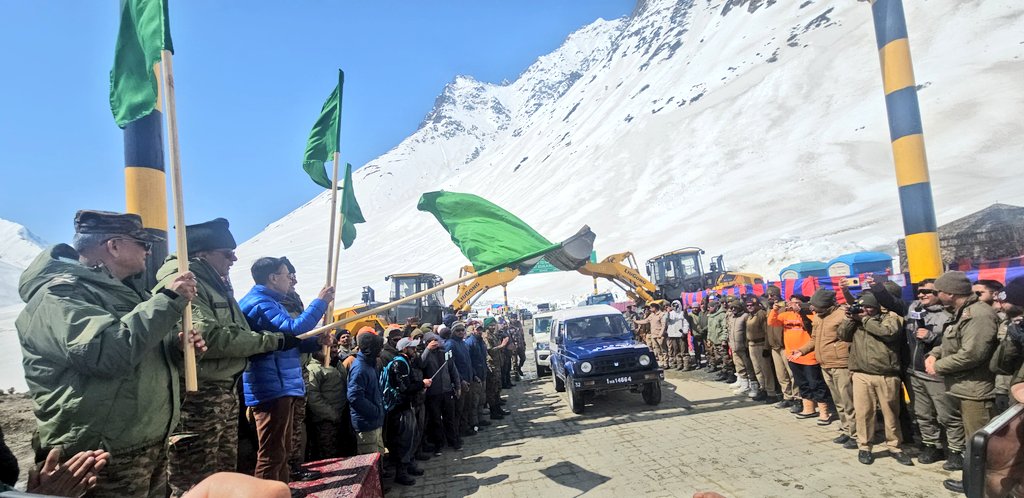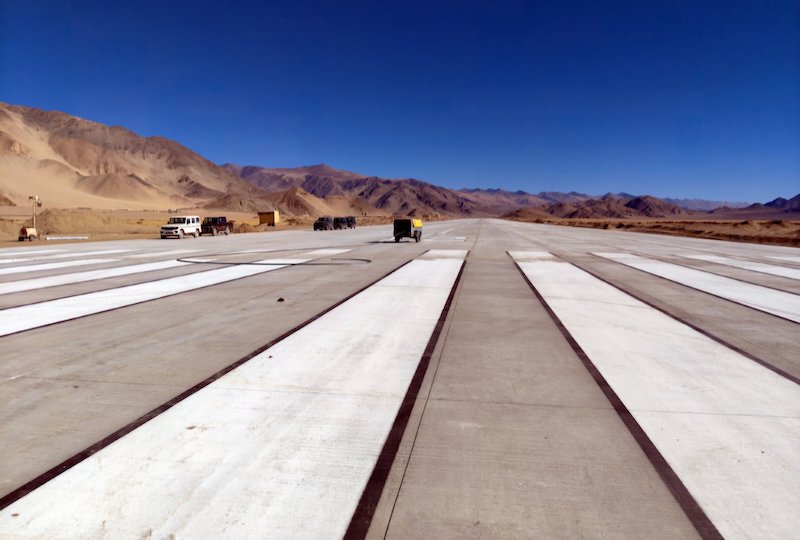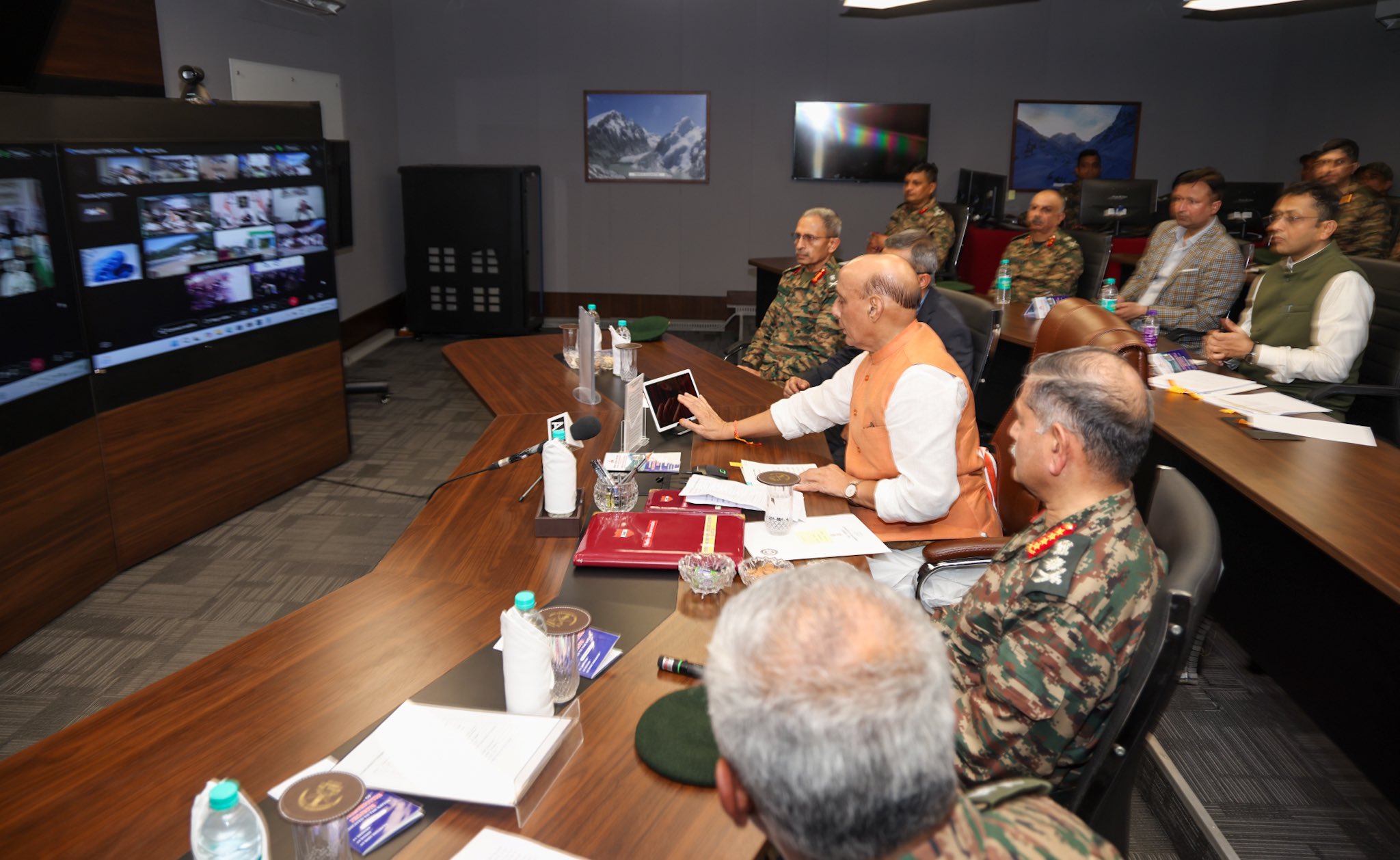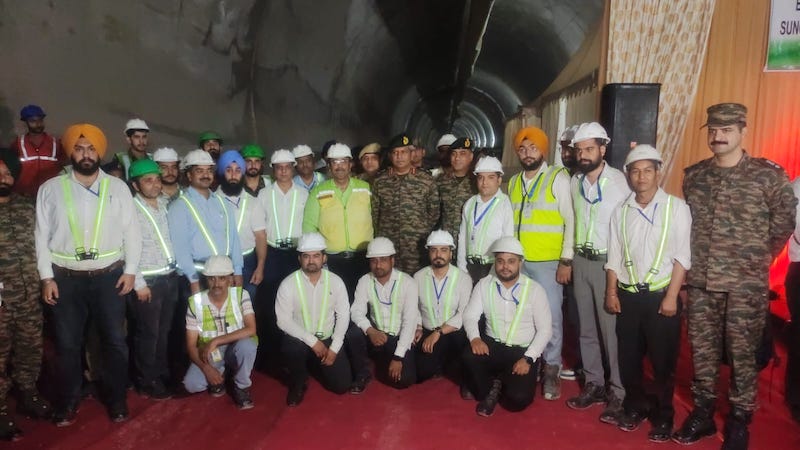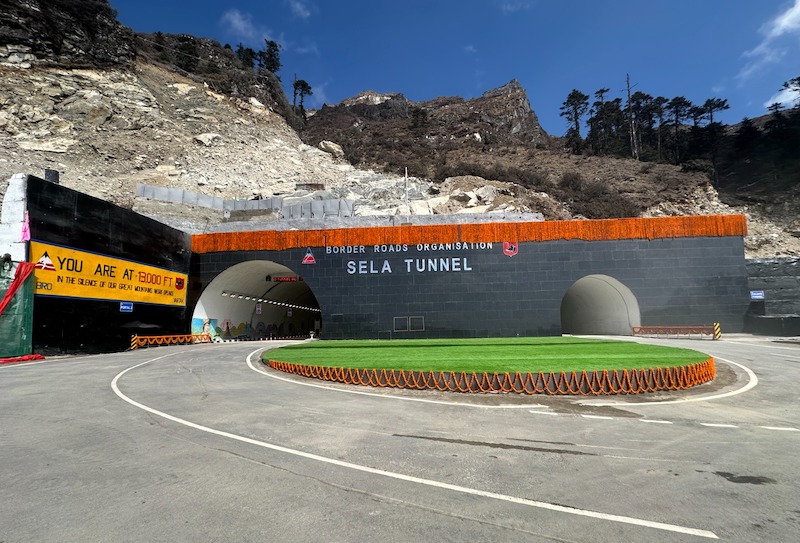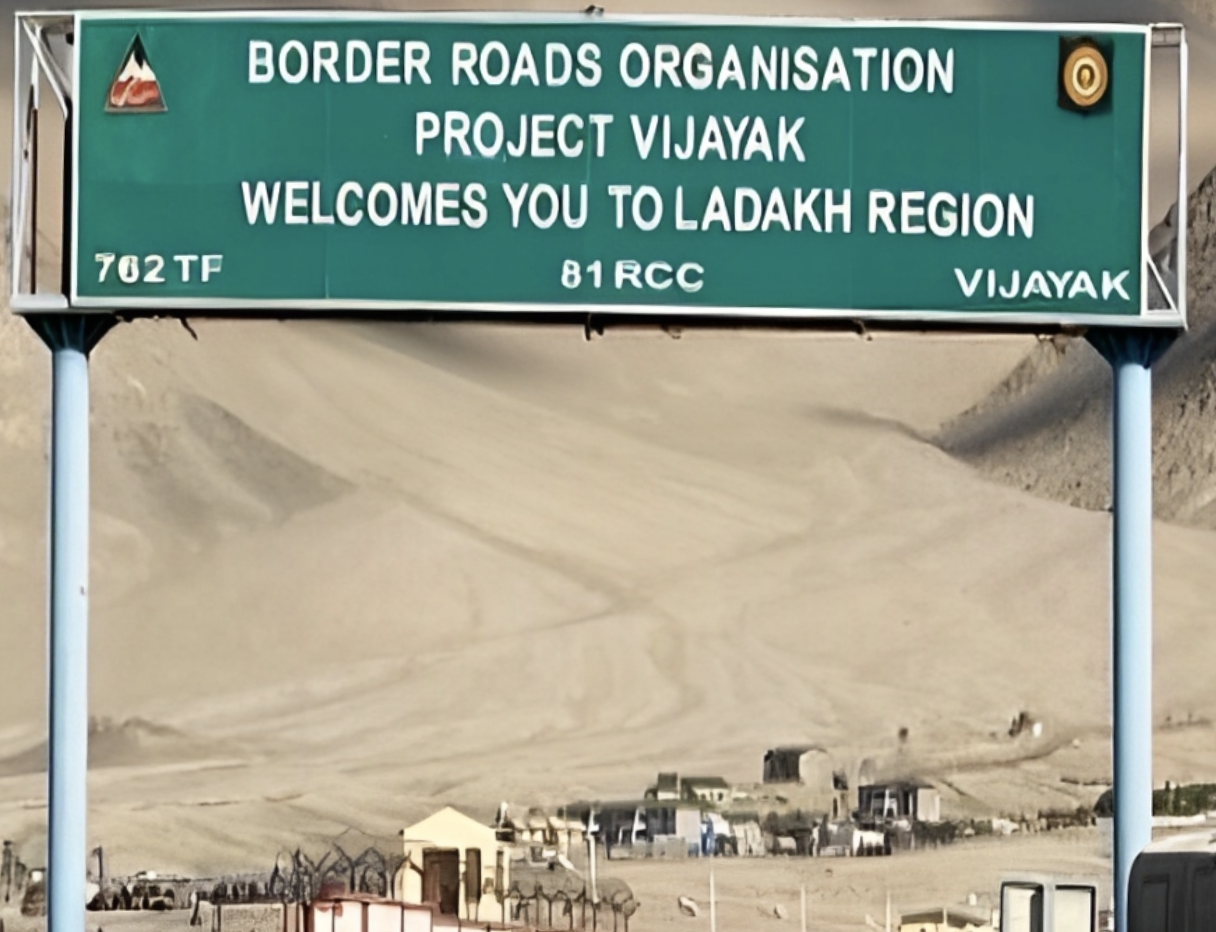 BRO’s Project Vijayak is handling the Sasoma to Saser Brangsa section of the alternative road.
BRO’s Project Vijayak is handling the Sasoma to Saser Brangsa section of the alternative road.
New Delhi: A crucial alternative road connecting the strategically vital Depsang plains and Daulet Beg Oldie (DBO) will become fully operational by November 2026. This will significantly enhance India’s military logistics capabilities along the contested line of actual control (LAC) with China.
The 130-kilometre route, branching from Sasoma in Nubra valley – on the established path to the Siachen basecamp from Leh – follows the alignment of Sasoma–Saser-la–Saser Brangsa–Gapshan–DBO. This new axis runs nearly parallel to the existing Darbuk-Shyok-Daulet Beg-Oldie (DSDBO) road and features nine bridges with a 40-tonne capacity.
‘Progress ahead of schedule’
Sources familiar with the development confirmed to reporters that substantial progress has been achieved. The sources said all construction from Sasoma to Saser Brangsa, and eastward towards Murgo and Gapshan, which comprises over 70 per cent of the today work, is complete. They also expressed their confidence that the entire stretch will be operational from October-November next year.
The Border Roads Organization (BRO) has successfully tested the route’ s load-bearing capacity by moving heavy artillery, including Bofors guns, along the completed sections to Saser Brangsa. The route will merge with the existing DSDBO road at Murgo, dramatically reducing the distance from Leh to DBO by 79 kilometres – from 322 kilometres via the current route to just 243 kilometres. Travel time will be slashed from two days to 11–12 hours.
Plans are underway to upgrade existing 40-tonne capacity bridges to 70-tonne specifications, enabling deployment of heavier armoured vehicles crucial for both offensive and defensive operations in the challenging high-altitude terrain.
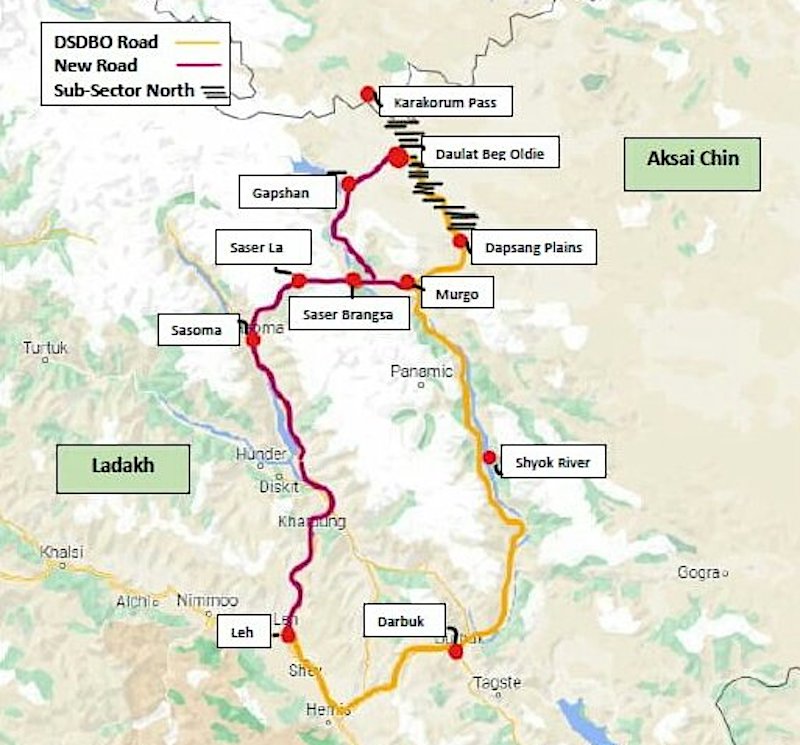 Map not to scale. (Via X)
Map not to scale. (Via X)
All-weather connectivity through tunnel
To ensure year-round accessibility, the BRO is developing an 8-kilometre tunnel at Saser-la, positioned at 17,660 feet above sea level. Currently in the detailed project report stage, this engineering marvel will require four to five years for completion, transforming the route into a reliable all-weather corridor.
The construction is divided between two BRO projects: Project Vijayak handles the Sasoma to Saser Brangsa section with a budget of ₹300 crore, while Project Himank oversees the remaining stretch to DBO, involving ₹200 crore in expenditure.
Strategic significance
The accelerated development of this alternative route gains particular importance against the backdrop of ongoing military tensions between India and China. The two nations have remained locked in a border standoff since May 2020, following violent clashes in multiple sectors along the LAC. While disengagement has occurred at several friction points, comprehensive de-escalation and de-induction discussions between the militaries remain pending.
The new road assumes critical importance as the existing DSDBO route faces potential vulnerabilities at multiple locations. The Chinese military buildup along the Galwan river valley – site of the deadly June 2020 clash that resulted in casualties on both sides – poses a direct threat to the current access route, making the alternative pathway essential for maintaining secure logistics.
Enhanced capabilities
The improved connectivity will significantly ease deployment of troops, weapons, and logistics to forward bases at DBO and surrounding areas. The proximity to Siachen basecamp, where soldiers undergo the crucial third stage of high-altitude acclimatization, makes this route particularly valuable for military operations in oxygen-deficient environments.
DBO holds the distinction of hosting the world’s highest airstrip, originally constructed during the 1962 India-China war but abandoned until 2008, when the Indian Air Force revived it as one of several advanced landing grounds along the LAC. The location’s strategic value lies in its position virtually at the base of the Karakoram Pass, which separates China’s Xinjiang Autonomous Region from Ladakh.
This infrastructure development represents India’s commitment to strengthening its defensive capabilities and maintaining territorial integrity along one of the world’s most challenging and contested borders. The alternative route will provide the military with crucial redundancy and enhanced operational flexibility in the strategically sensitive Subsector North, encompassing both DBO and the Depsang plains.



